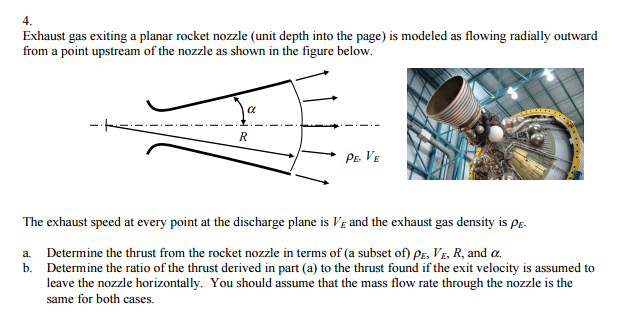

The section ratio, or expansion ratio, is defined as the area of the exit A e divided by the area of the throat A t. It is also necessary to reduce the pressure of the gas as much as possible inside the nozzle by creating a large section ratio. To create high speed exhaust gases, the necessary high temperatures and pressures of combustion are obtained by using a very energetic fuel and by having the molecular weight of the exhaust gases as low as possible. The resultant force F due to the internal and external pressure difference, the thrust, is opposite to the direction of the gas jet. The force due to gas pressure on the bottom of the chamber is not compensated for from the outside. The pressure distribution within the chamber is asymmetric that is, inside the chamber the pressure varies little, but near the nozzle it decreases somewhat. Physically speaking, it is the result of pressure which is exerted on the wall of the combustion chamber.įigure 1.1 shows a combustion chamber with an opening, the nozzle, through which gas can escape. Thrust is the force that propels a rocket or spacecraft and is measured in pounds, kilograms or Newtons. This is the same phenomenon which pushes a garden hose backward as water flows from the nozzle, or makes a gun recoil when fired. The thrust force of a rocket motor is the reaction experienced by the motor structure due to ejection of the high velocity matter. Propellants are combined in a combustion chamber where they chemically react to form hot gases which are then accelerated and ejected at high velocity through a nozzle, thereby imparting momentum to the engine. Isaac Newton stated in his third law of motion that "for every action there is an equal and opposite reaction." It is upon this principle that a rocket operates.


 0 kommentar(er)
0 kommentar(er)
